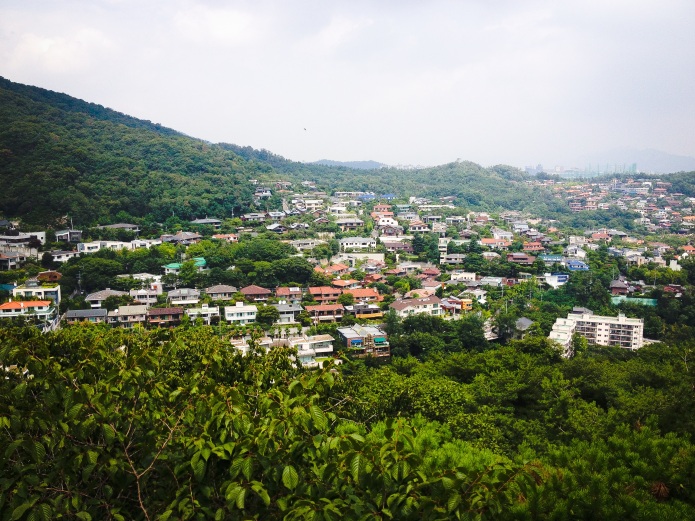Clik here to view.

Originally Published at TeyMarieAstudillo.com
Today, we have satellites, aircraft, bombs, guns – a whole slew of modern warfare technology that countries use to protect themselves from other nations.
But in ancient times, the only thing that separated people from a potential invasion or destruction by a foreign nation or their soldiers was a simple brick and mud wall.
These defense walls were the common protectors of cities and sovereign lands in ancient times. We can see the remanence of them all over the world – from The Great Wall of China to The Walls of Constantinople in Turkey.
Which brings me to the Seoul Fortress Wall.
Bordering the heart of Seoul, very much in the same manner as it did thousands of years ago, the Seoul Fortress wall winds its way up and down through four mountain ranges – Bugaksan, Inwangsan, Namsan and Naksan.
It perimeters some of Seoul’s most famous and important landmarks including Gyeongbokgung, the main palace of the ancient Korean Joseon Dynasty, and Cheong Wa Dae, the Korean presidential headquarters and residence.
Once a total of about 11.3 miles (18.2km) many parts of the wall were destroyed over the years, primarily from the invasions of Japan in the 1500s and early 1900s and then the Korean War in 1950.
Over the years, the South Korean government has restored many segments of the wall and is continuing revitalization efforts.
Image may be NSFW.
Clik here to view.
Image may be NSFW.
Clik here to view.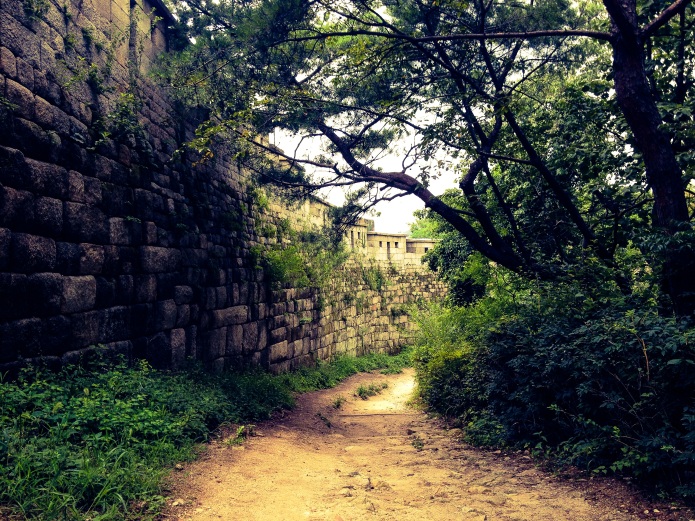 Image may be NSFW.
Image may be NSFW.
Clik here to view.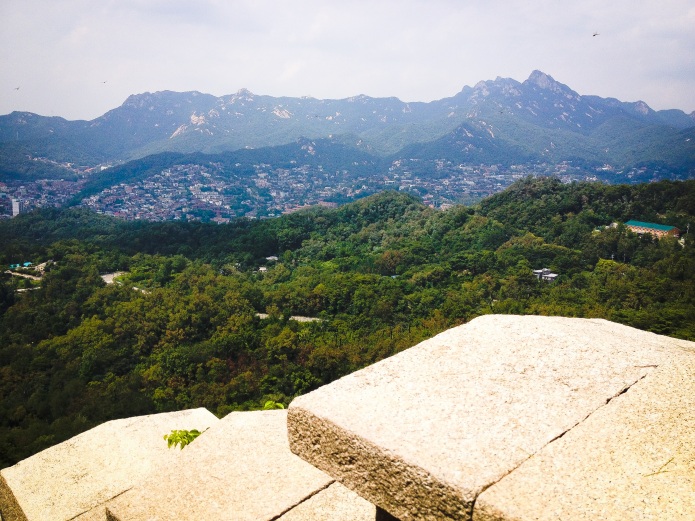 Image may be NSFW.
Image may be NSFW.
Clik here to view.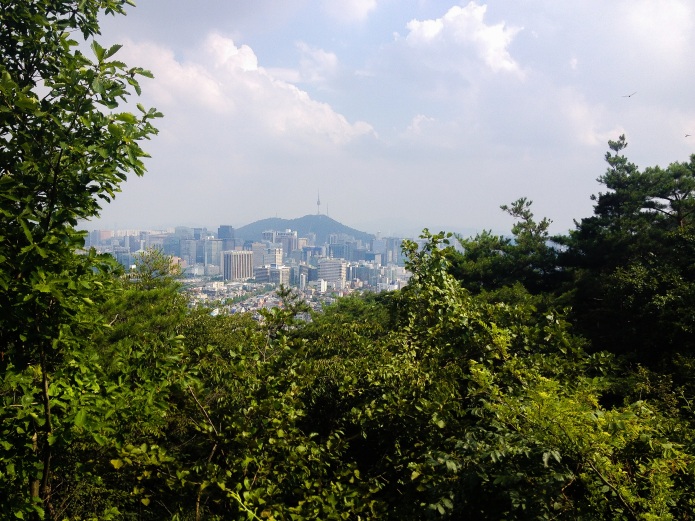 Image may be NSFW.
Image may be NSFW.
Clik here to view.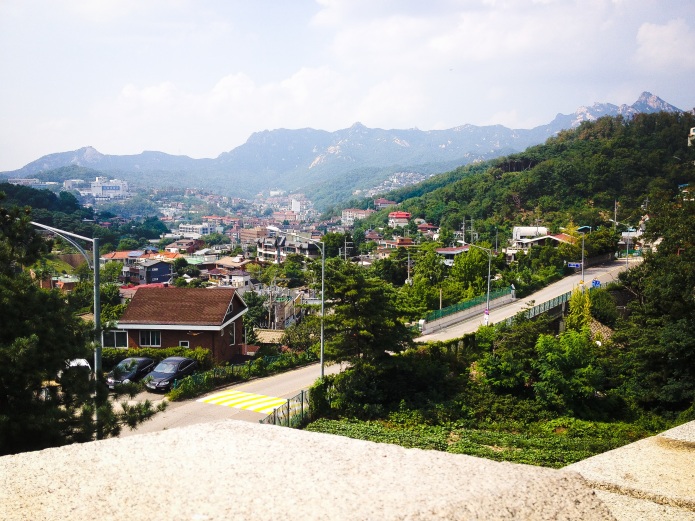 Image may be NSFW.
Image may be NSFW.
Clik here to view. Image may be NSFW.
Image may be NSFW.
Clik here to view.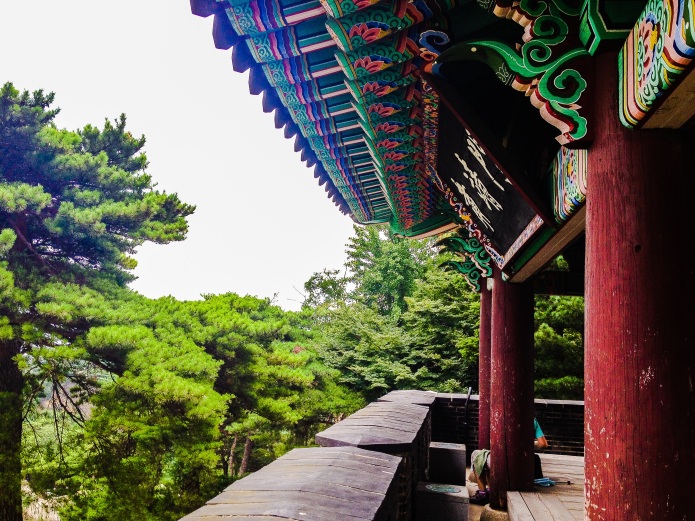 Image may be NSFW.
Image may be NSFW.
Clik here to view.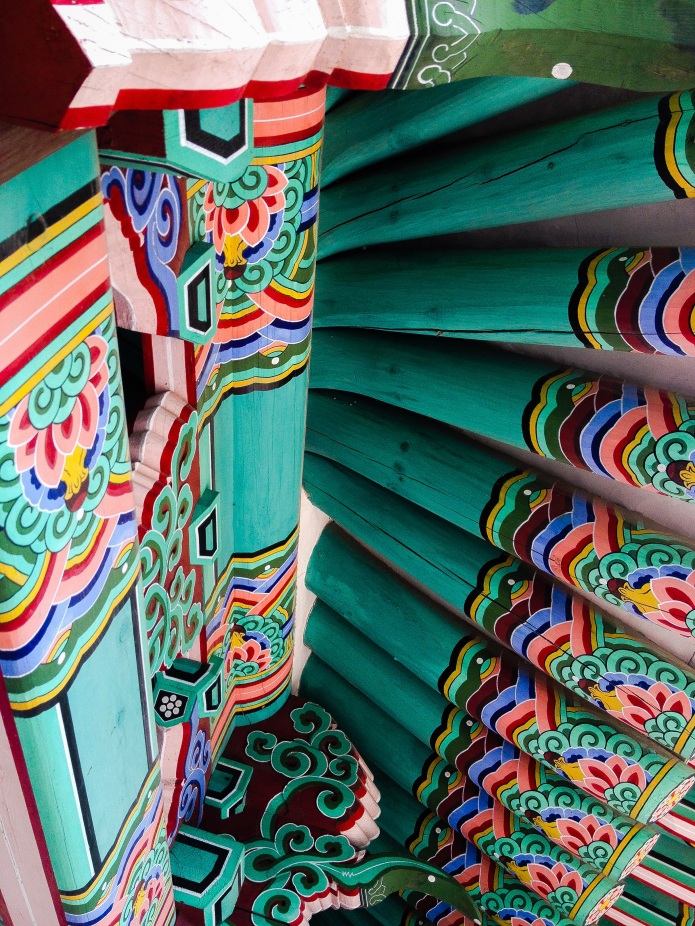
Image may be NSFW.
Clik here to view.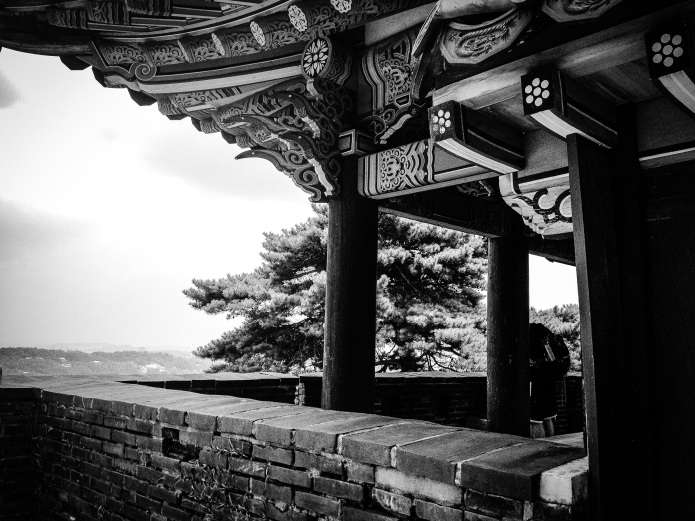 Image may be NSFW.
Image may be NSFW.
Clik here to view.